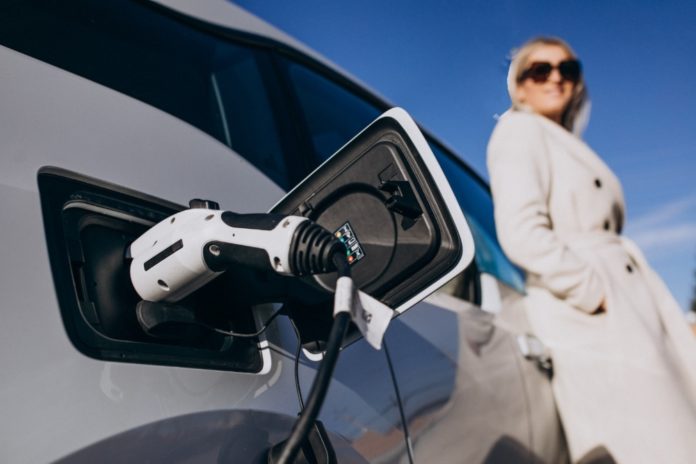Imagine a world where your dead laptop charges in a minute or your electric vehicle (EV) powers up in just 10 minutes. While this may sound like science fiction, new research from the University of Colorado Boulder is laying the groundwork for these advancements.
Breakthrough in Energy Storage
A team of scientists led by Ankur Gupta, an assistant professor of chemical and biological engineering, has made a significant discovery on how tiny charged particles, known as ions, move within a complex network of minuscule pores. This breakthrough, published in the Proceedings of the National Academy of Sciences, could revolutionize energy storage devices, such as supercapacitors.
“Given the critical role of energy in the future of the planet, I felt inspired to apply my chemical engineering knowledge to advancing energy storage devices,” Gupta said. “It felt like the topic was somewhat underexplored and as such, the perfect opportunity.”
The Potential of Supercapacitors
Supercapacitors are energy storage devices that rely on ion accumulation in their pores, offering rapid charging times and longer lifespans compared to traditional batteries. Gupta’s research aims to enhance the efficiency of these devices by improving the movement of ions, thereby speeding up the charging and discharging processes.
“The primary appeal of supercapacitors lies in their speed,” Gupta explained. “So how can we make their charging and release of energy faster? By the more efficient movement of ions.”
Revisiting Kirchhoff’s Law
The researchers’ findings modify Kirchhoff’s law, a principle governing current flow in electrical circuits since 1845. Unlike electrons, ions move due to both electric fields and diffusion. The study revealed that ion movements at pore intersections differ from the traditional descriptions in Kirchhoff’s law.
Prior to this study, ion movements were only described in straight pores. Gupta’s team has now simulated and predicted ion movement in a complex network of thousands of interconnected pores within minutes, marking a significant leap in understanding.
“That’s the leap of the work,” Gupta said. “We found the missing link.”
This discovery has far-reaching implications beyond personal electronics and EVs. Efficient energy storage is crucial for power grids, where fluctuating energy demand requires robust storage solutions to prevent waste during low demand and ensure rapid supply during peak times.
A Step Towards a Sustainable Future
Gupta’s work represents a significant step towards creating faster, more efficient energy storage solutions. By enhancing the movement of ions within supercapacitors, this research could lead to transformative changes in how we power our devices and manage energy.

As the world moves towards more sustainable energy solutions, the advancements in supercapacitor technology could play a pivotal role in meeting the increasing energy demands efficiently and sustainably. With continued research and development, the dream of charging a laptop in a minute or an EV in 10 minutes could soon become a reality.
Stay tuned to Brandsynario for latest news and updates



































